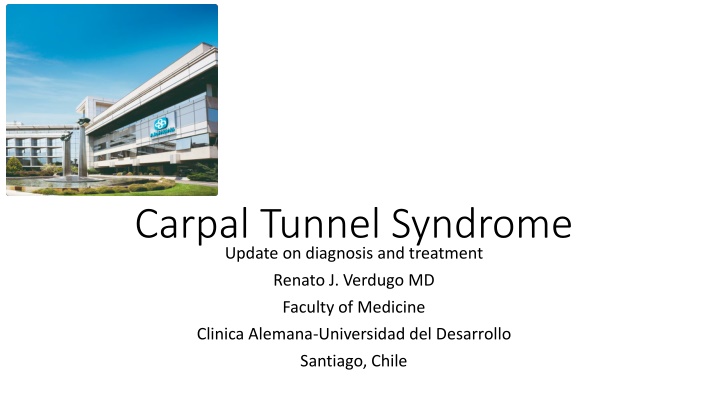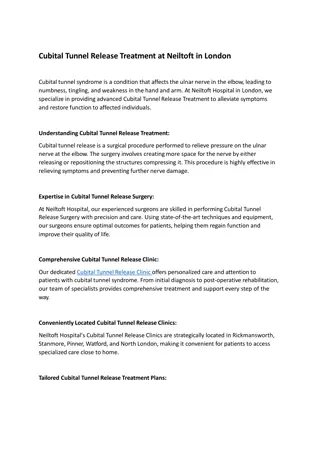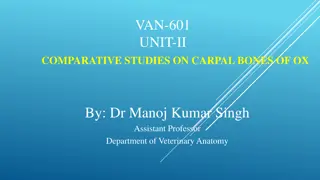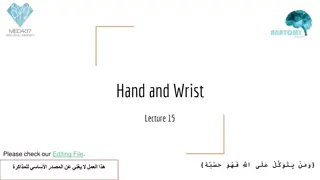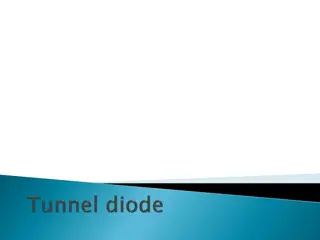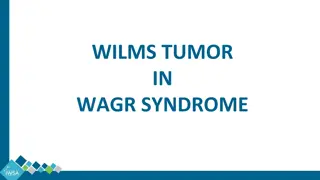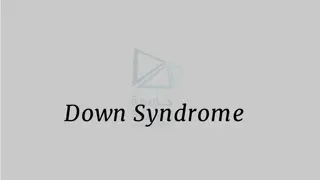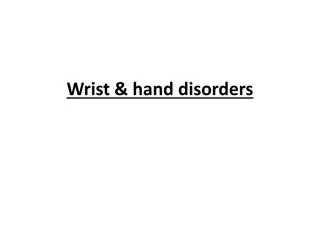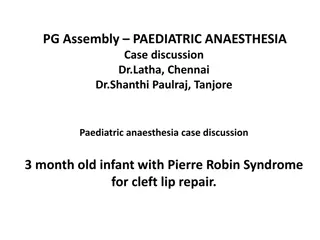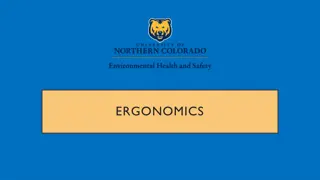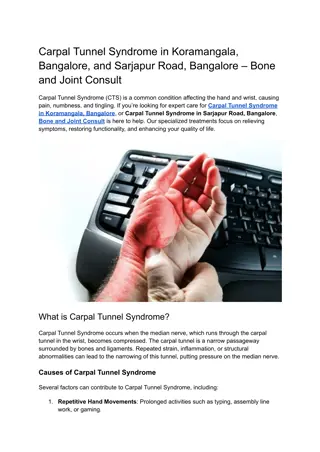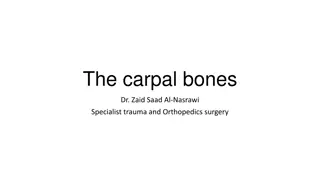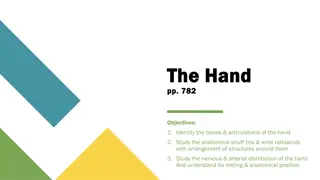Carpal Tunnel Syndrome
Carpel tunnel syndrome presents a diagnostic and therapeutic challenge to neurologists. Explore anatomical aspects, clinical manifestations, diagnostic methods, and treatment options, including surgical and non-surgical alternatives. Understand the importance of a comprehensive approach for accurate diagnosis and tailored treatment selection based on etiology, severity, and patient characteristics.
Download Presentation

Please find below an Image/Link to download the presentation.
The content on the website is provided AS IS for your information and personal use only. It may not be sold, licensed, or shared on other websites without obtaining consent from the author.If you encounter any issues during the download, it is possible that the publisher has removed the file from their server.
You are allowed to download the files provided on this website for personal or commercial use, subject to the condition that they are used lawfully. All files are the property of their respective owners.
The content on the website is provided AS IS for your information and personal use only. It may not be sold, licensed, or shared on other websites without obtaining consent from the author.
E N D
Presentation Transcript
Carpal Tunnel Syndrome Update on diagnosis and treatment Renato J. Verdugo MD Faculty of Medicine Clinica Alemana-Universidad del Desarrollo Santiago, Chile
Learning objectives To review some anatomical aspects of carpal tunnel and median nerve that are relevant to clinical practice To review clinical manifestations of the syndrome To discuss diagnostic methods, and their advantages and limitations To review the present state of different treatments
Key message In spite of its frequency, carpal tunnel syndrome continues to be a diagnostic and therapeutic challenge for neurologists. As its treatment frequently implies surgical therapy, it is absolutely necessary to comprehensively apply the classical neurological method to reach a syndromatic, topographic and etiological diagnosis. Several surgical and non surgical therapeutic alternatives are available. This requires considering the etiology, severity and characteristics of the patient, to select the most appropriate treatment.
